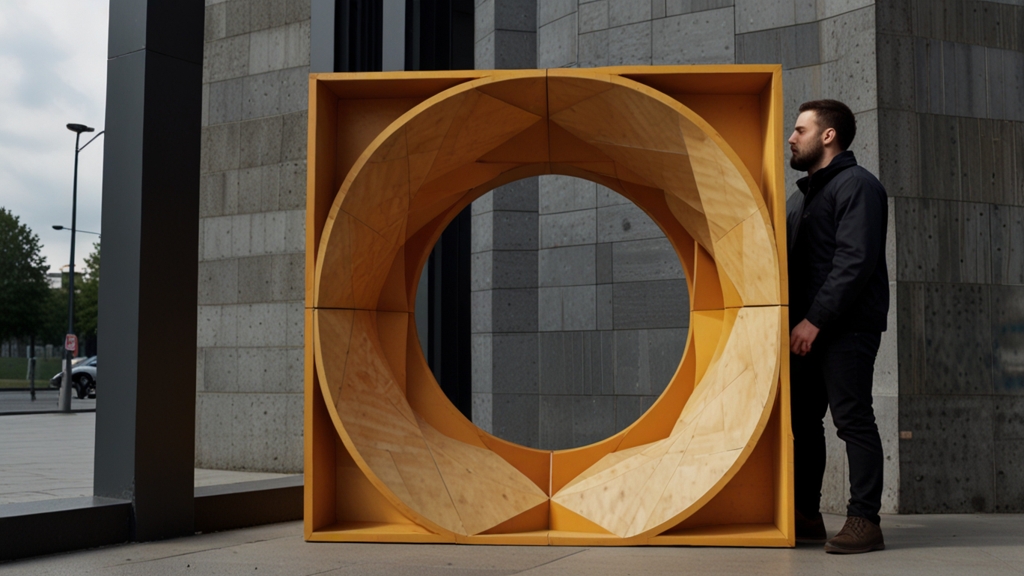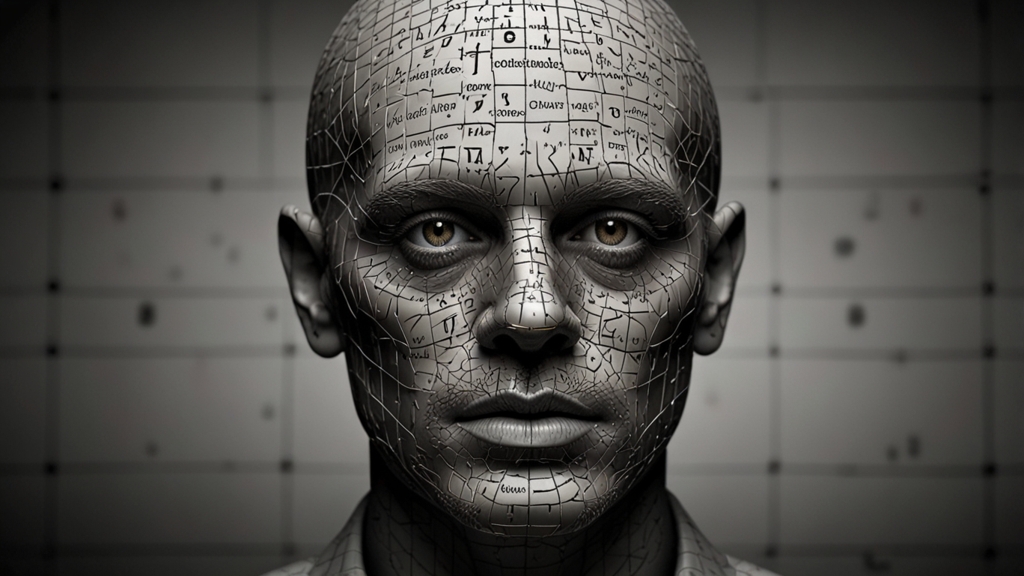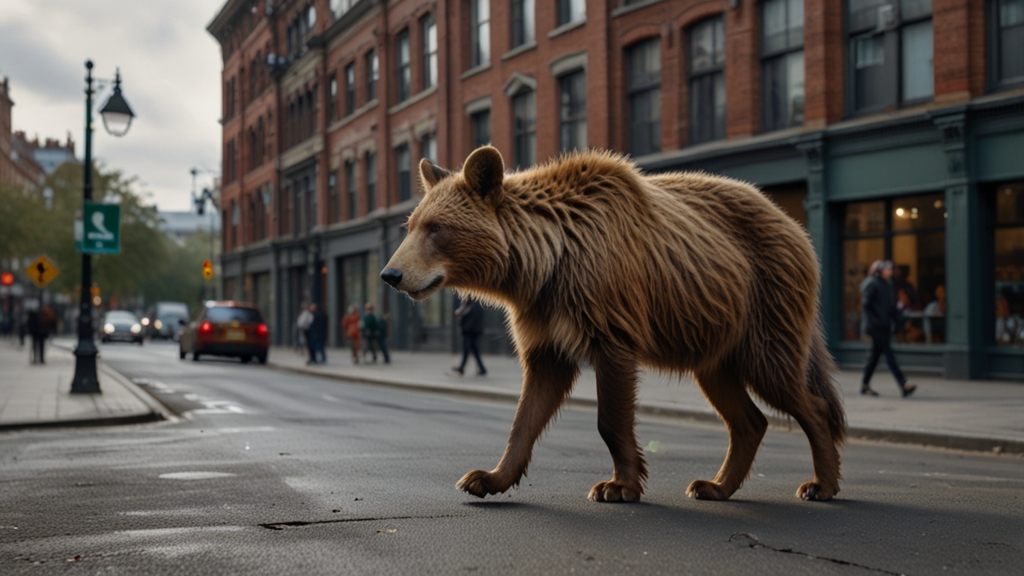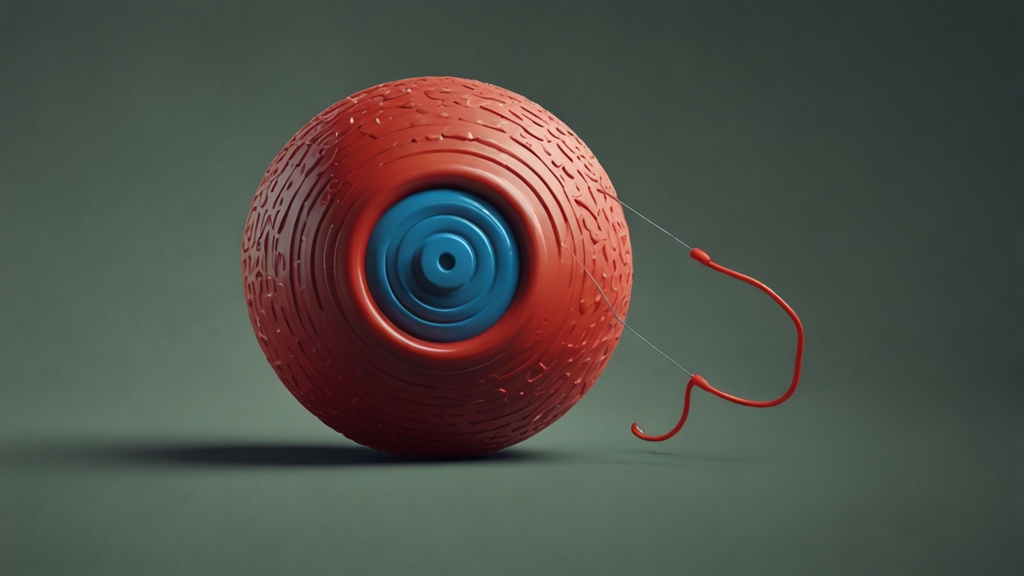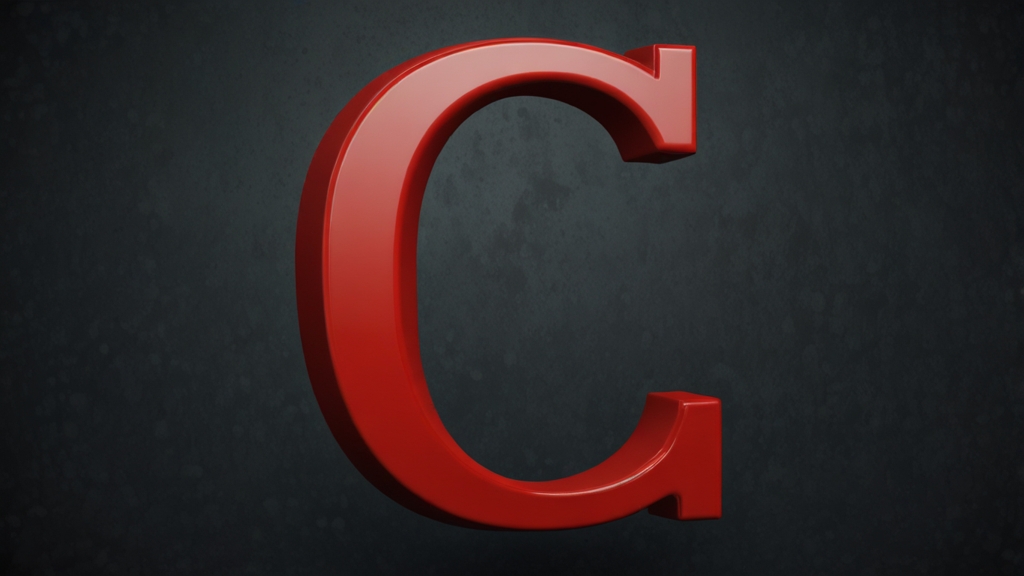Geometry in Your Everyday Life: Surprising Applications
Geometry, the branch of mathematics concerned with the properties and relations of points, lines, surfaces, and solids, is often perceived as an abstract subject with limited practical application outside of academic circles. However, a closer look reveals that geometry plays a crucial role in our daily lives, influencing everything from the design of our homes to the way we navigate through spaces. This article explores several surprising applications of geometry in everyday life.
Architecture and Construction
One of the most evident applications of geometry can be seen in architecture and construction. Architects and engineers use geometric principles to design buildings, bridges, and other structures. The shapes and angles of a building must be carefully planned to ensure stability and aesthetic appeal.
"Geometry is the foundation of architectural design. Without it, creating livable, safe, and functional spaces would be impossible." — Anonymous Architect
For example, the use of different geometric shapes like squares, rectangles, circles, and triangles in floor plans affects both the usability and the visual impact of the space. Triangles, in particular, are celebrated for their strength and stability, which is why they are often used in truss structures for bridges and roofs.
Navigation and Mapping
Geometry is also integral to navigation and mapping. Modern GPS systems rely on the geometric principles of triangulation to determine precise locations. By measuring the distances between multiple satellites and a GPS receiver, the system can calculate your exact position on the earth.
Maps themselves are geometric tools. The use of scale, grids, and coordinates helps in accurately representing geographical areas. The process of cartography employs various geometric techniques to convert the three-dimensional surface of the earth into a two-dimensional map, without significant loss of accuracy.
Art and Design
Geometry is omnipresent in art and design. Artists use geometric principles to create visually appealing works. The concept of perspective, which allows for three-dimensional effects on two-dimensional surfaces, is deeply rooted in geometry.
"Art without geometry is like a body without a soul." — Leonardo da Vinci
Graphic designers also rely heavily on geometric patterns to create aesthetically pleasing and functional designs. Whether it’s the layout of a webpage, a corporate logo, or even a complex animation, understanding geometric principles helps in achieving balance and harmony.
Technology and Engineering
In the realm of technology and engineering, geometry is indispensable. The design of machinery, electronics, and even software often requires a deep understanding of geometric concepts.
For example, smartphone manufacturers use geometric algorithms to improve camera functionality by correcting lens distortions and enhancing image clarity. Engineers designing circuit boards use geometry to optimize space and improve the efficiency of electrical pathways.
Sports and Recreation
Even in sports and recreational activities, geometry plays a pivotal role. The dimensions of sports fields, the trajectory of a ball, and the angles involved in making a shot are all dictated by geometric principles.
"Understanding the angles and trajectories gives me a competitive edge." — Pro Basketball Player
For instance, in basketball, players often use geometric concepts to improve their shooting accuracy. The optimal angle and force needed to make a basket can be analyzed and perfected through geometric study.
Conclusion
From the robust structures we live and work in, to the technologies that enhance our lives, and even the sports we enjoy, geometry is ever-present. Its principles help solve real-world problems, making our lives more functional and beautiful. While it may often go unnoticed, the impact of geometry in everyday life is profound and ubiquitous. Next time you admire a beautiful building, use a GPS device, or even watch a sporting event, take a moment to appreciate the geometry behind it all.
